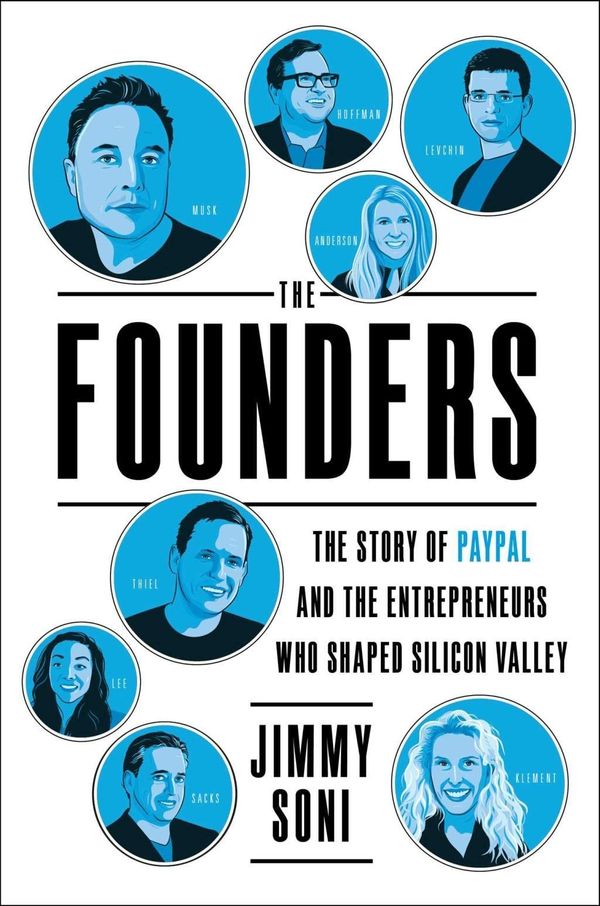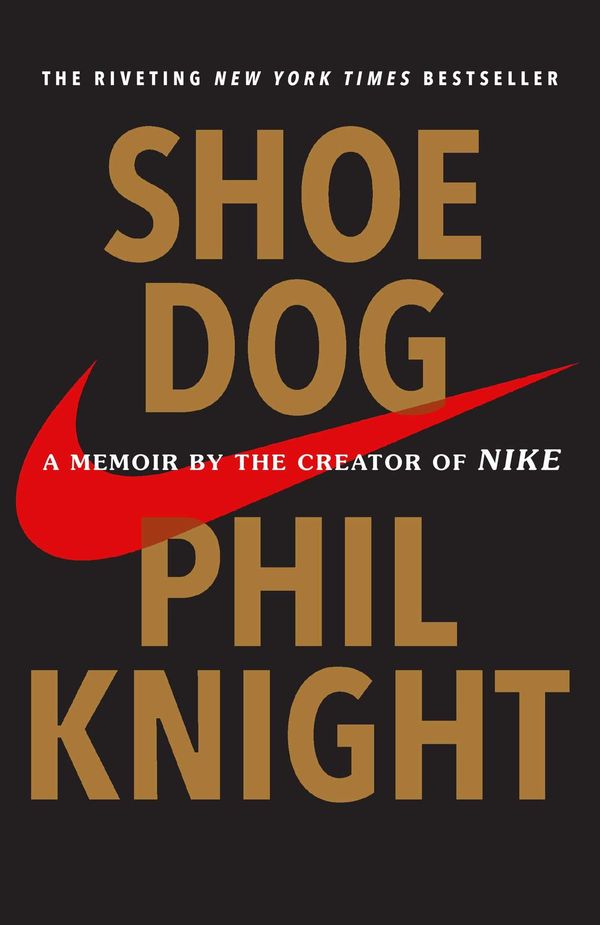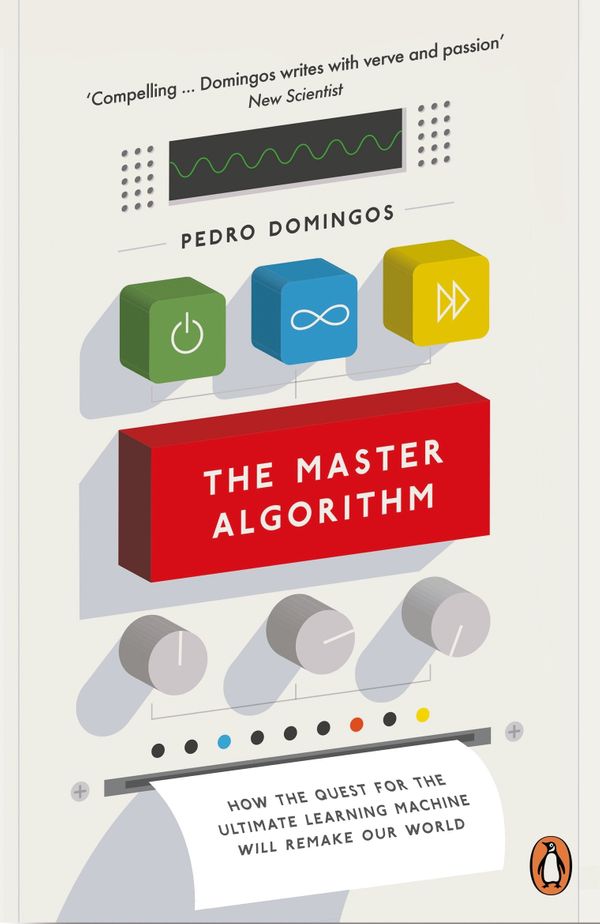By Nir Eyal (2014)
Pages: 256, Final verdict: Great-read
Can you hook your intended users to your product as you are hooked to your favorite phone apps? Do you want to learn the behavioral techniques used by Twitter, Instagram, Facebook, and others? This book shows you practical insights to create habits that stick through actionable steps for building products people love and can't put down.
Nir Eyal has taught courses on applied consumer psychology at Stanford Graduate School of Business and is a frequent speaker at industry conferences and at Fortune 500 companies. You may have read his writing in Harvard Business Review and TechCrunch.
"Hooked gives you the blueprint for the next generation of products. Read it or the company that replaces you will." - by Matt Mullenweg, founder of Wordpress
How they catch you
Do you know, without little to no thought, which shoelace you tied first (left or right foot)? If your answer is “no”, good(!), it means your brain considers it a habit (behavior done with little to no conscious thought). Every time you feel bored or have some time to waste, you probably grab your phone and open an app that will make you feel better. And every time you do it, you are unconsciously developing and honing a habit.
Throughout the book, Nir Eyal explores how ideas become habit-forming products. Drawing examples from well-known companies like Facebook or Instagram, and meshing them with academic research, the book encompasses a simple (yet deep) discovery of habit. At the end of each chapter, the writer gives an overview of the information as well as some questions for you to relate to your own ideas, product or company.
The core of the book revolves around the hook model (cycle of habit), which is divided into four phases:
- Trigger
- Action
- Variable reward
- Investment
The triggers are what cue you to take action either from placing information within your environment (e.g. push notifications) or through associations, you have memorized (e.g. emotions). In order to complete an action one needs to have:
- Sufficient ability, the action needs to be easy to do, no hindrances nor setbacks. E.g. Just think how easy is to share something on any social media app you currently use;
- One of three core motivators: seeking pleasure and avoiding pain, seeking hope avoiding fear, seek social acceptance while avoiding social rejection (think of Facebook, Instagram, Twitter or Reddit).
Variable reward is the third step of the hook model and there are three types of rewards (to have a better understanding think of the motivators above):
- Rewards of the tribe is the search for the social rewards fueled by connectedness with other people;
- Rewards of the hunt is the search for material resources and information;
- Rewards of the self are the search for intrinsic rewards of mastery, competence, and sense of completion.
Last but not the least the investment phase is the final and most important one since if you can’t be motivated to come back, you won’t come back. This phase is where the anticipation of future rewards come into play to create the next trigger. Usually you are adding value in the form of content (e.g. Facebook, Instagram), data (e.g. LinkedIn profile status bar is never complete, you need to divulge more to be better), followers (e.g. Twitter, following people hooks you to the app because you know interesting content will be there), reputation or skill.
“Only by understanding what truly matters to users can a company correctly match the right variable reward to their intended behavior.” - Nir Eyal
The morality of changing habits
The last chapters of the book drift away from the theory of habit and Nir shares his personal view on the social impact of his study. The discussion of how you should use these knowledge and ethics surrounding the habit forming strategies for mobile apps is debated and the writer gives a clear opinion this subject. Your job is to be a Facilitator, where you use your creations to materially improve people’s lives. The goal is that if you (to become a Facilitator) can solve a problem you have, you most probably can apply that solution in a generic way that helps improve not only your life but also of the ones around you.
The focus on the mobile app world is deepened in this section, with a (fascinating) detailed case study about one of the most downloaded Bible apps and how they managed to have a large number of users and how they maintain it. Almost 15 pages of links and further reading entice you to keep exploring the subject.
“Even though the world is becoming a potentially more addictive place, most people have the ability to self-regulate their behaviors.” - Nir Eyal
Bottom line
Hooked is a journey through the currently successful habit-forming products of our society that collects the best practices on how you can apply it to your own products and company.
With a simple vocabulary and well-backed facts, the book takes us through the cycle of habit four phases: trigger, action, variable reward and investment applied mainly to mobile apps. Even though I would like to see more areas of the tech world analyzed in this book (mostly focused on mobile apps), I understand his focus on this single market. As an example companies that do not rely solely on the mobile apps might have difficulties receiving feedback from its customers.
My favorite part of the book were the summaries at the end of each chapter that allow you to go through the journey again by remembering the main bullet points of that chapter and also, at the same time, by making you answer questions to brainstorm on your own product.
Interested in knowing what makes people tick, and how you too can design products that will become part of your customer's lives? Then Hooked is a must.
Further learning:
This post was written by Francisco Esteves , a guest author at BetaGlyph. You can find out more about the author at betaglyph.com/about.



